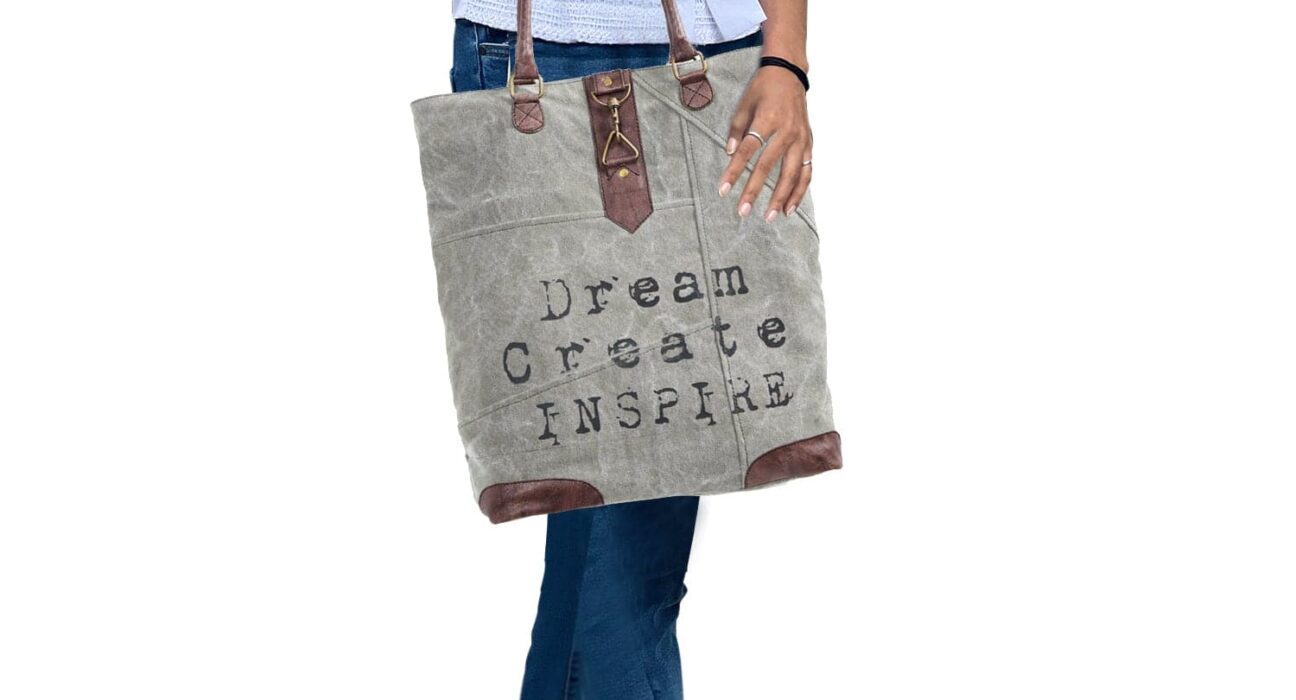A handbag is more than just an accessory; it’s a statement piece, a functional carry-all, and often, an investment. With countless styles, materials, and brands available, choosing the perfect handbag can be overwhelming. This guide will help you navigate the world of women’s handbags, ensuring you make a smart and stylish purchase that suits your needs and lifestyle.
Understanding Handbag Types
Before diving into the buying process, it’s essential to familiarize yourself with the most common types of handbags:
- Tote Bag: Large, open-top bag with two straps. Ideal for carrying many items, often used for work, shopping, or as an everyday bag.
- Shoulder Bag: One of the most popular styles, carried on the shoulder with a single or double strap. Comes in various sizes and designs, suitable for daily use.
- Crossbody Bag: Features a long strap designed to be worn across the body, leaving your hands free. Excellent for travel, casual outings, and when you need convenience.
- Clutch: Small, strapless bag designed to be held in the hand. Perfect for evening events, parties, and formal occasions where you only need to carry essentials.
- Satchel: A structured bag, often with a flat bottom, top handle, and sometimes a detachable shoulder strap. Blends professionalism with style, suitable for work or formal gatherings.
- Hobo Bag: Characterized by its crescent shape and slouchy silhouette, often with a single shoulder strap. Casual and comfortable, it molds to your body.
- Backpack: Worn on the back with two shoulder straps. Increasingly popular for fashion, travel, and casual use, offering hands-free convenience and ample storage.
- Wristlet: A small bag with a loop strap to be worn around the wrist. Ideal for quick errands or as a wallet alternative.
Factors to Consider Before Buying
To ensure you pick the right handbag, think about these key factors:
1. Purpose and Occasion
- Everyday Use: Consider a durable, versatile shoulder bag, tote, or crossbody that can accommodate your daily essentials.
- Work/Professional: A structured satchel or a large tote is ideal for carrying documents, laptops, and professional items.
- Evening/Formal Events: A elegant clutch or a small, chic shoulder bag will complement your attire without overpowering it.
- Travel: A secure crossbody or a stylish backpack offers comfort and safety while on the go.
- Casual Outings: Hobo bags, backpacks, or smaller crossbody bags are great for leisurely activities.
2. Size and Capacity
What do you typically carry?
- If you only need your phone, wallet, and keys, a small crossbody or clutch might suffice.
- For those who carry a laptop, books, water bottles, and more, a spacious tote or a large satchel is necessary.
- Avoid overstuffing a small bag, as it can damage its structure and shorten its lifespan.
3. Material
The material of a handbag affects its durability, appearance, and maintenance.
- Leather (Full-grain, Top-grain, Saffiano, Patent): Durable, develops a patina over time, and is a classic choice. Requires proper care.
- Suede: Soft and luxurious, but more delicate and prone to staining.
- Canvas: Durable and lightweight, often used for casual or travel bags. Easy to clean.
- Nylon: Water-resistant, lightweight, and very durable, making it excellent for travel and everyday use.
- Synthetic Leathers (PU, Vegan Leather): More affordable and animal-friendly alternatives, but may not be as durable as real leather.
- Exotic Skins (Crocodile, Snake, Ostrich): Luxurious and expensive, requiring specialized care.
4. Style and Aesthetics
Your handbag should reflect your personal style.
- Classic vs. Trendy: Do you prefer a timeless design that will last for years, or a trendy piece that aligns with current fashion?
- Color: Neutrals (black, brown, navy, beige) are versatile, while bold colors or patterns can add a pop to your outfit.
- Hardware: Pay attention to zippers, buckles, and clasps. Good quality hardware can elevate the look of a bag.
- Embellishments: Decide if you prefer a minimalist look or one with embellishments like studs, fringe, or quilting.
5. Comfort and Functionality
- Strap Type: Padded, adjustable, or detachable straps can enhance comfort and versatility.
- Weight: An empty bag should not feel too heavy, as you’ll be adding items to it.
- Compartments: Consider the number and type of pockets you need for organization (e.g., phone pocket, zippered compartments, key leash).
- Closure: Zipper, magnetic snap, buckle, or drawstring – choose one that feels secure and convenient for you.
6. Budget
Handbags range from affordable to luxury. Set a realistic budget before you start shopping. Remember that investing in a high-quality bag can save you money in the long run, as it will last longer.
Tips for Buying Your Handbag
- Do your research: Read reviews and compare prices from different retailers.
- Inspect the craftsmanship: Check stitching, hardware, zippers, and lining for quality.
- Try it on: If possible, try on the bag to see how it hangs on your body and if it feels comfortable.
- Consider resale value: If you’re investing in a designer bag, some brands hold their value better than others.
- Think about maintenance: Are you willing to commit to the care required for certain materials?
- Don’t rush: Take your time to find the perfect bag that meets all your criteria.
Conclusion
Choosing the right handbag for women is a personal journey. By considering your needs, understanding the different types and materials, and paying attention to quality and style, you’ll be well-equipped to find a handbag that not only complements your outfits but also simplifies your daily life. Happy shopping!
Also Read: The Sustainable Choice for Stylish Backpacks





